INKOVEMA Podcast „Well through time“
#189 – Conflict escalation in 5 stages or where do you go to stage 3?!
In conversation with Prof Dr Claus Nowak
Prof Dr Claus NowakCoach, consultant, author of specialist books, honorary professor for personnel and organisational development at the University of Hamburg; doctorate in marine biology and trained secondary school teacher.
Well through time.
The podcast about mediation, conflict coaching and organisational consulting.
Contents
Accompanying text to the podcast: Prof Claus Nowak's five-step model for conflict resolution
In this episode, we look at a tried-and-tested model for analysing and handling conflicts: the Five-step model by Prof Claus Nowak. This model is particularly valuable for mediation and team counselling and is based on the findings of the American Organisational scientist Louis R. Pondy.
The model distinguishes between five levels at which conflicts can be localised:
- Latent conflict: In this first stage, the Opposites unconscious and the parties to the conflict are not yet clear. Preventive measures (by third parties) can help to identify and address these hidden differences in order to facilitate constructive relationships, e.g. as team colleagues, neighbours, etc.
- Perceived conflict: Here, at least one party is aware of the contradictions, but they are not openly addressed. There is often the hope that the problem will solve itself. It is crucial to promote dialogue and address the issue.
- Manifest conflictThe formulated opposites are openly discussedwhereby the parties try to convince the other. Cultural differences can influence the process. In this phase, a constructive solution is possible by communicating needs. An impartial third party is helpful and sometimes desirable.
- Superimposed conflictWhen constructive discussions fail, prejudices and negative insinuations are actualised. The parties feel misunderstood. It is important to listen again and focus on specific interests.
- Escalated conflict: In this final stage Emotional injuries lead to counterattacks and an escalation of the situation. A separation or time-out can help to break the dynamic. Individual discussions can lead the parties back to a constructive discussion.
This model provides a valuable structure to better understand conflicts and develop appropriate intervention strategies. By identifying the current stage of a conflict, third parties, facilitators and mediators can intervene in a targeted manner to steer the conflict process and promote solutions.
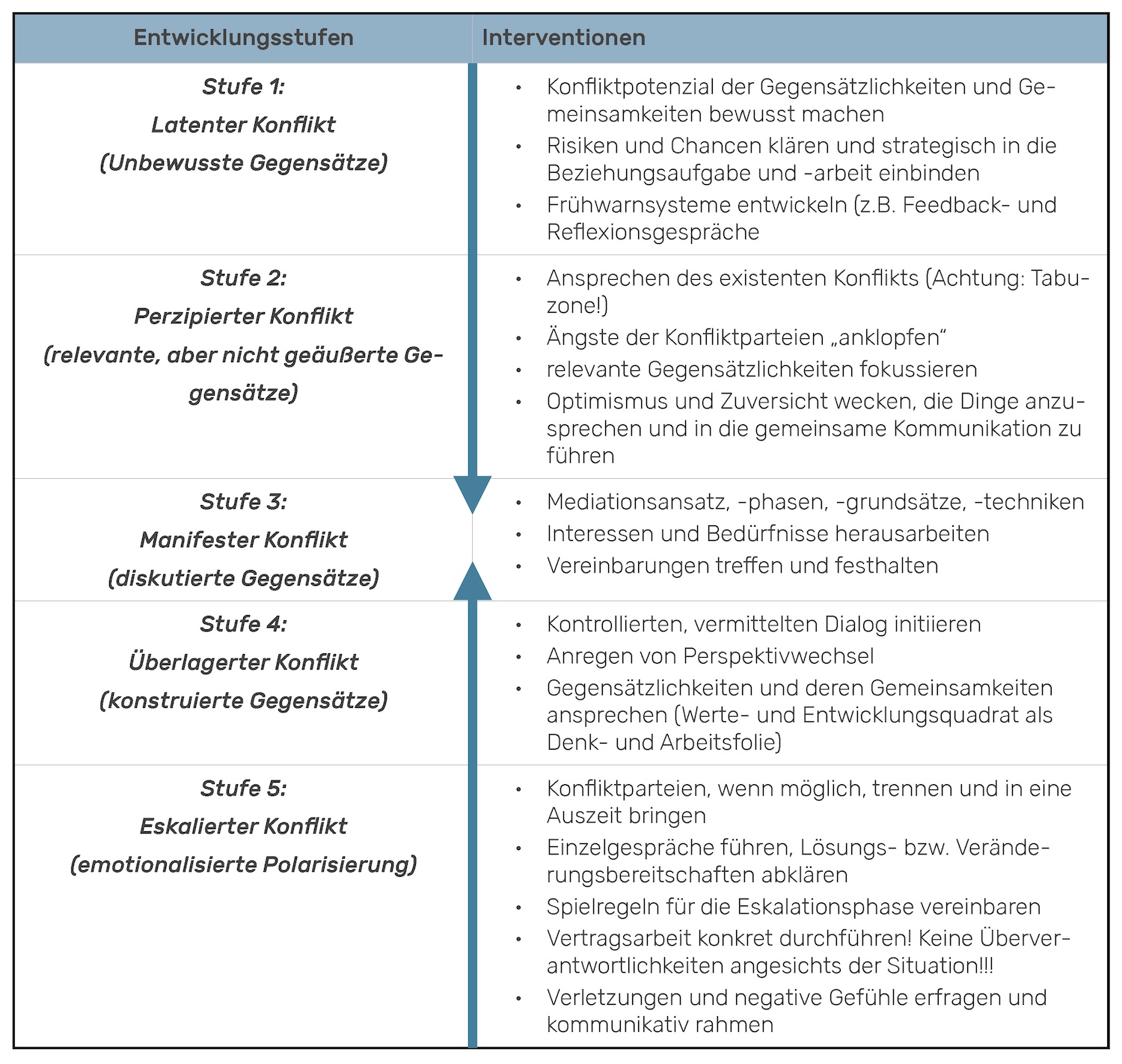


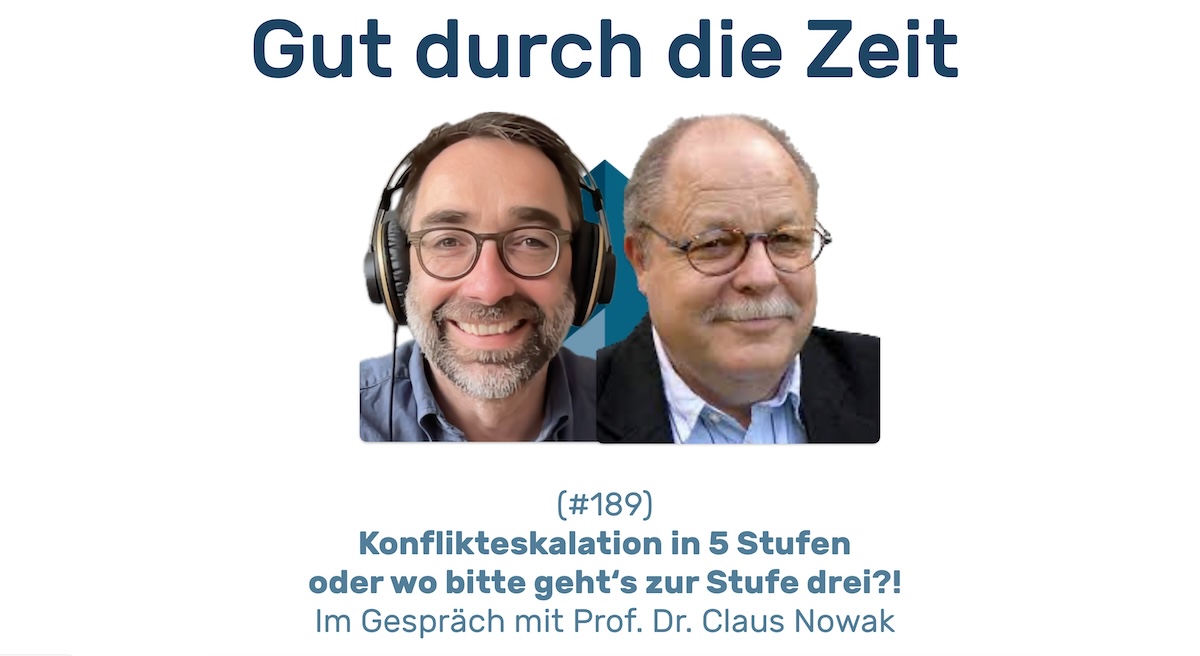
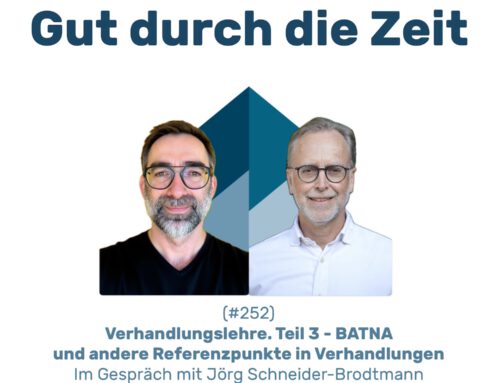
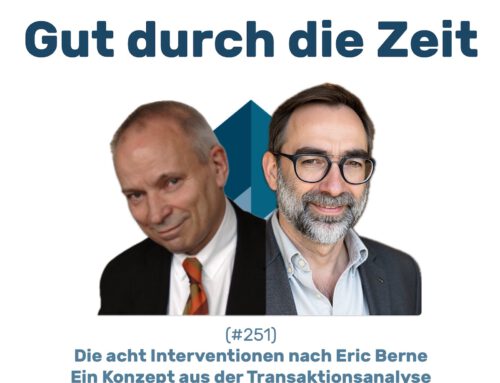
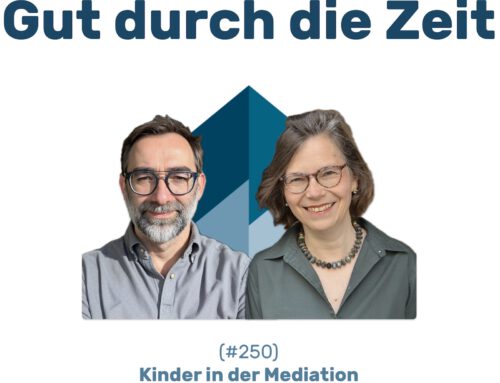
Leave A Comment